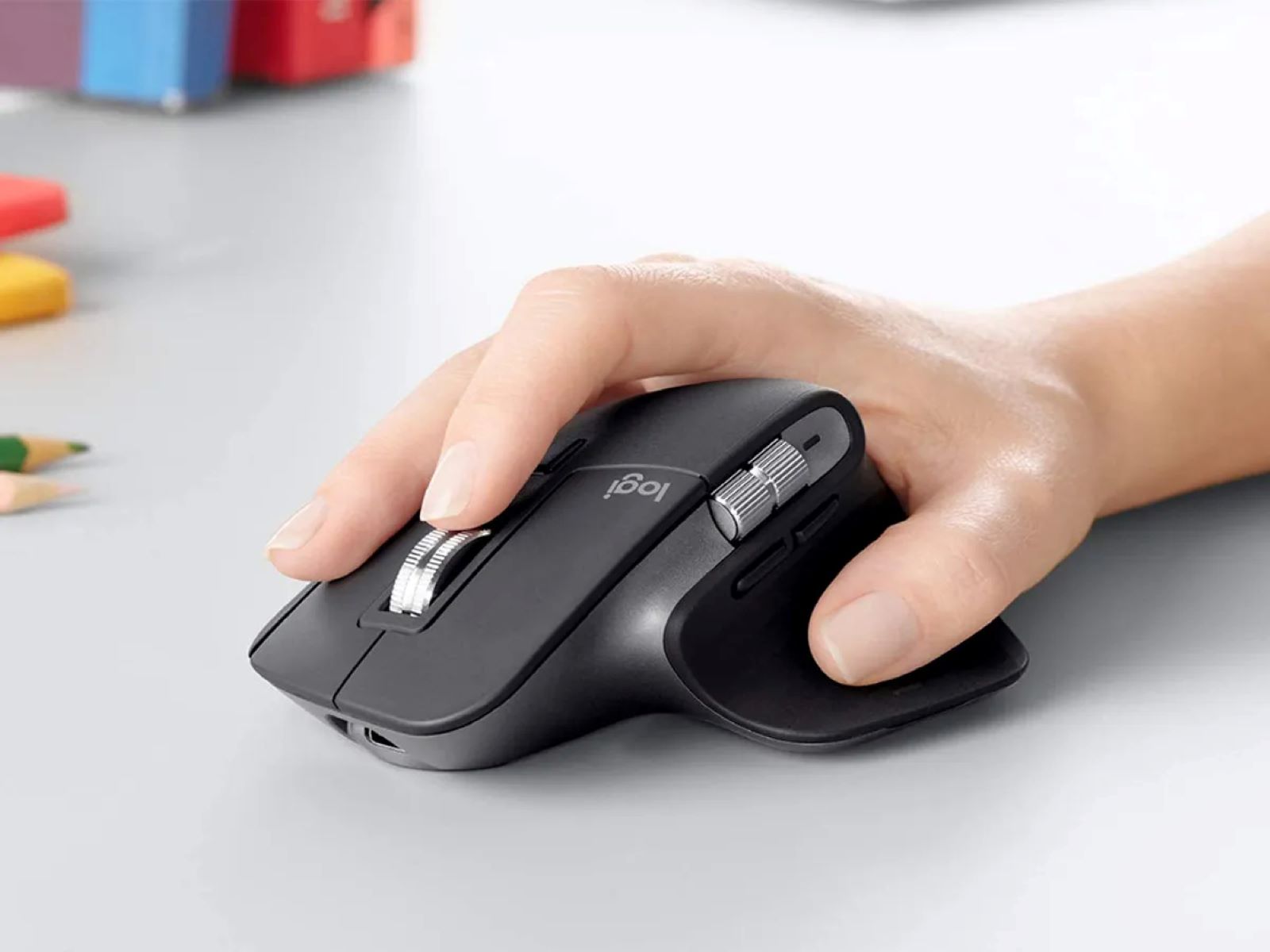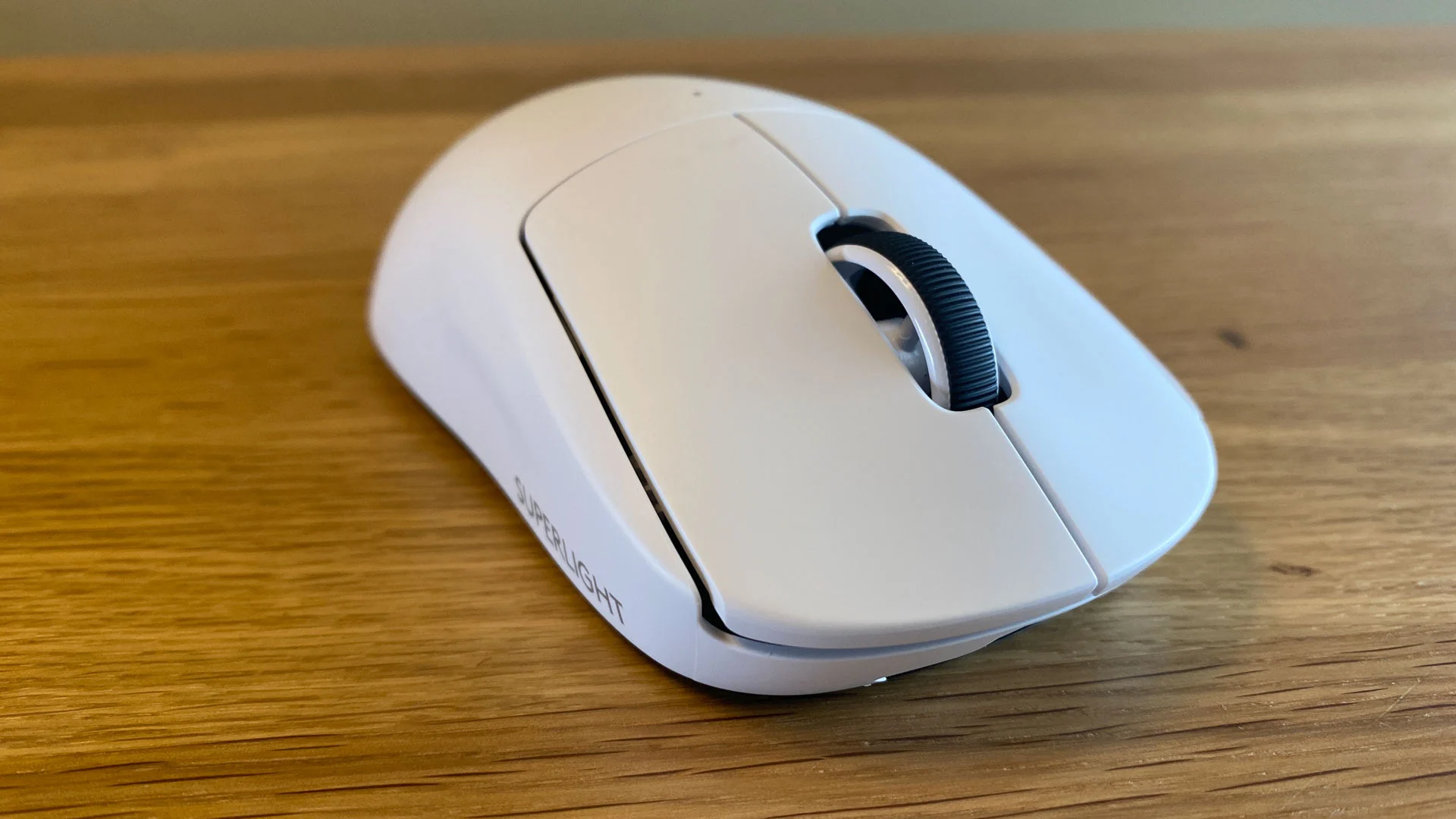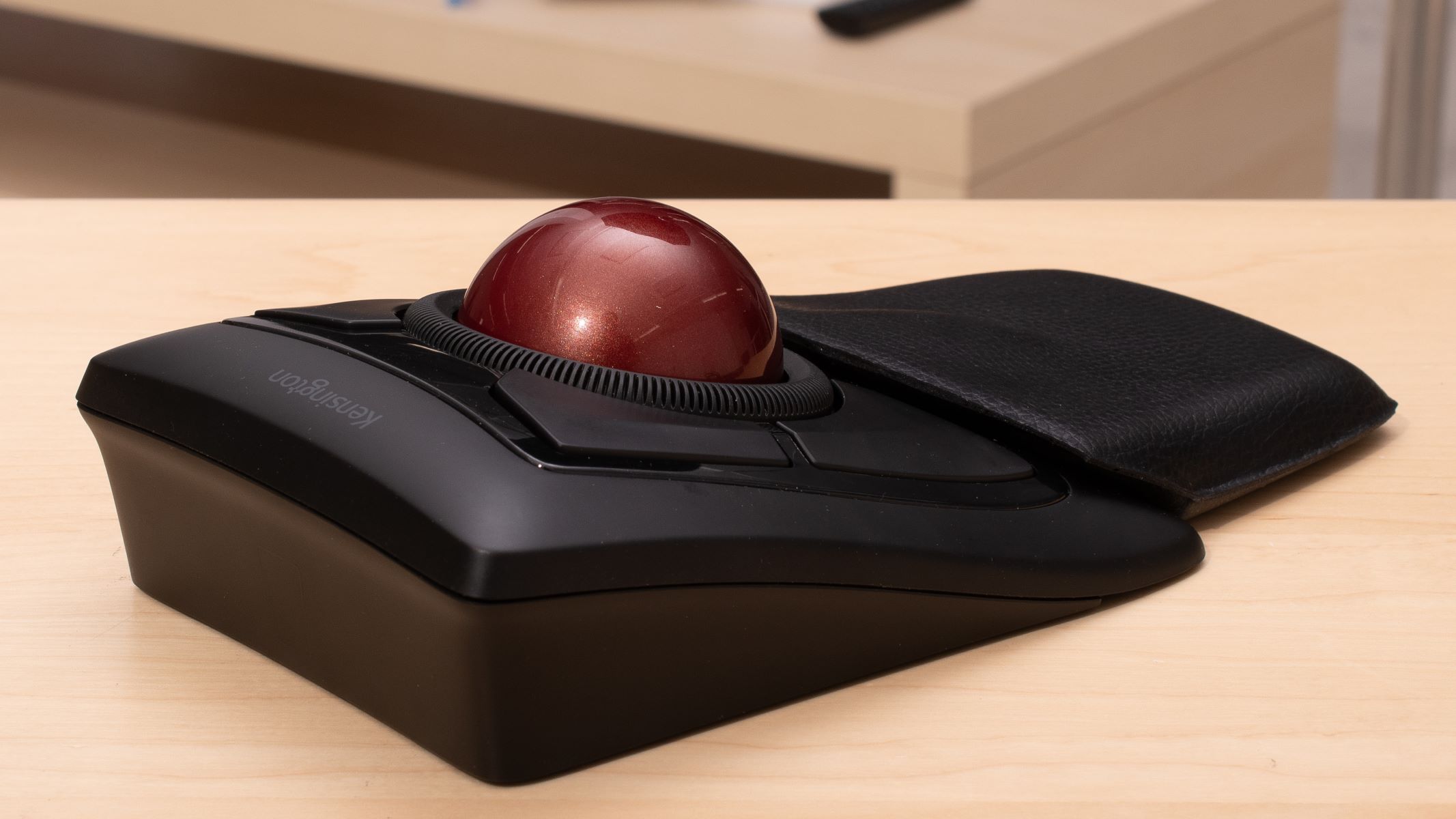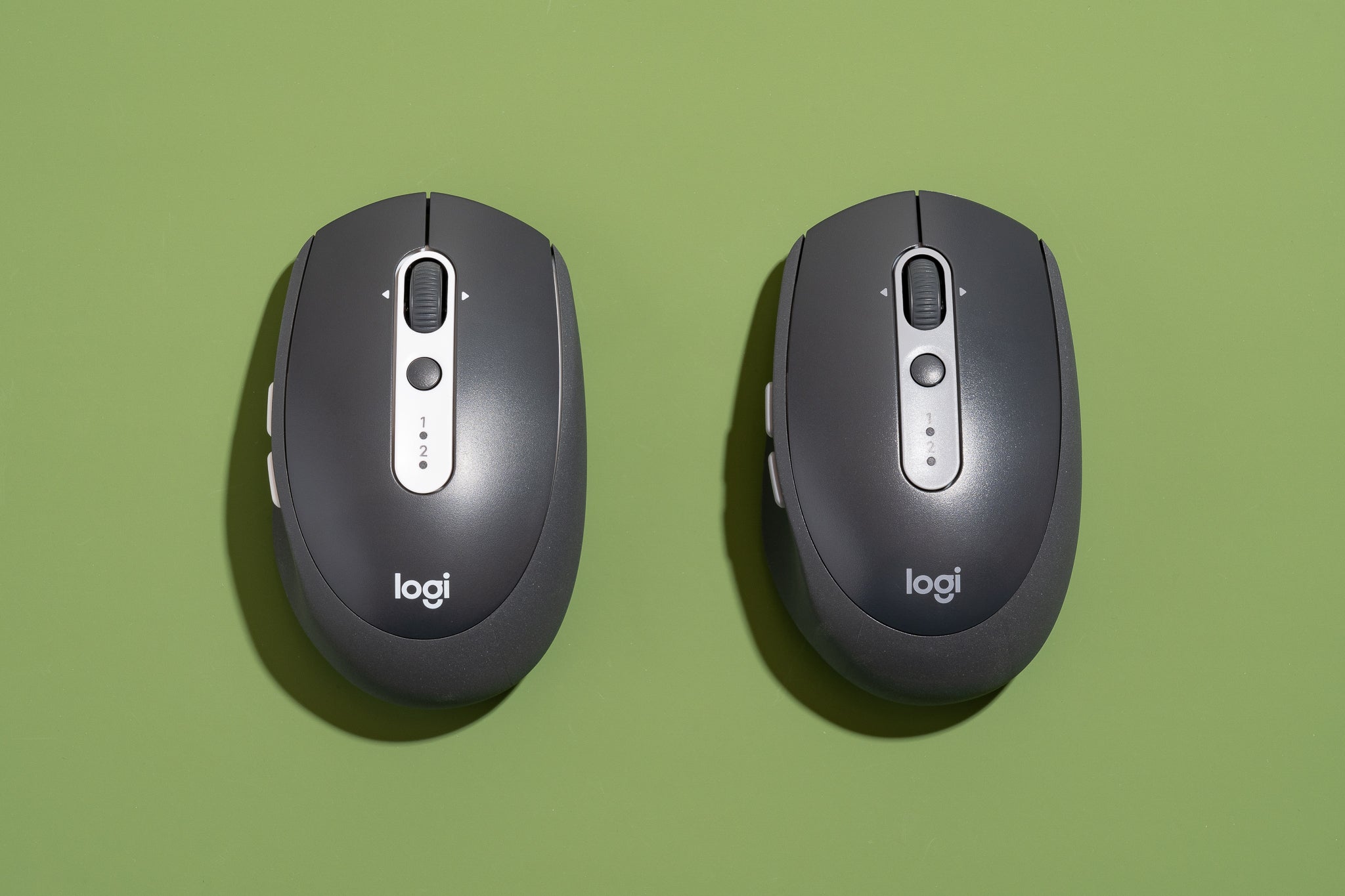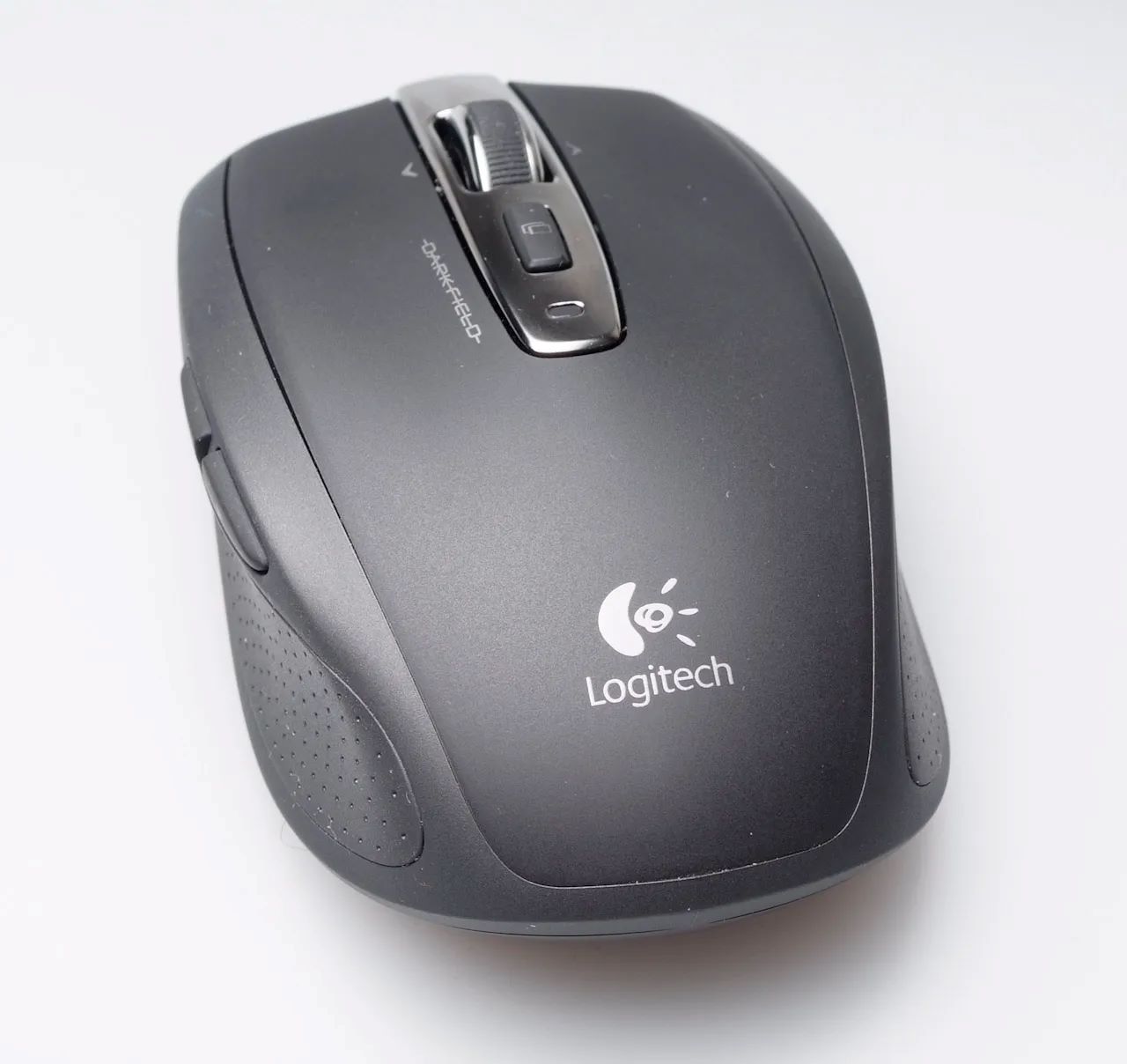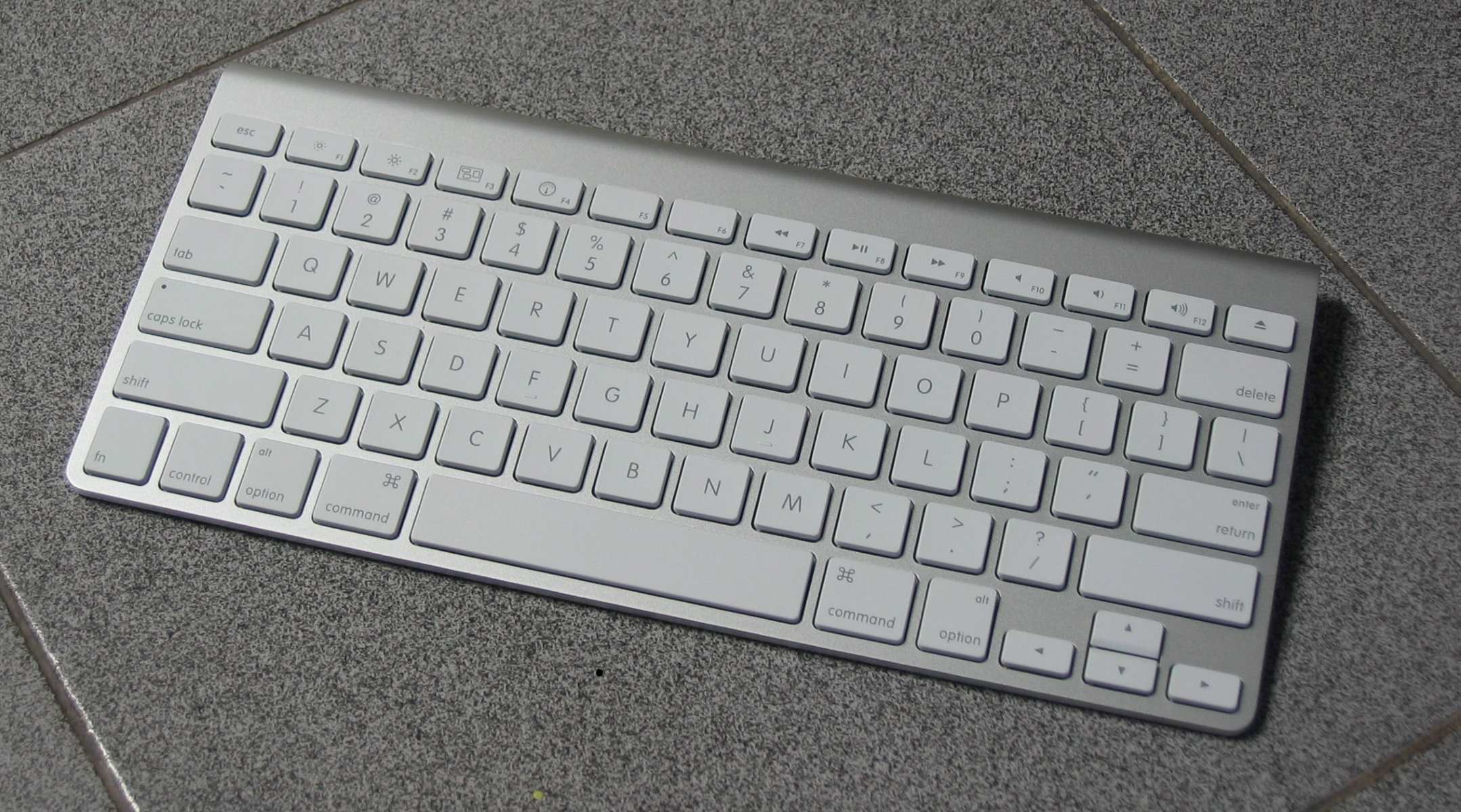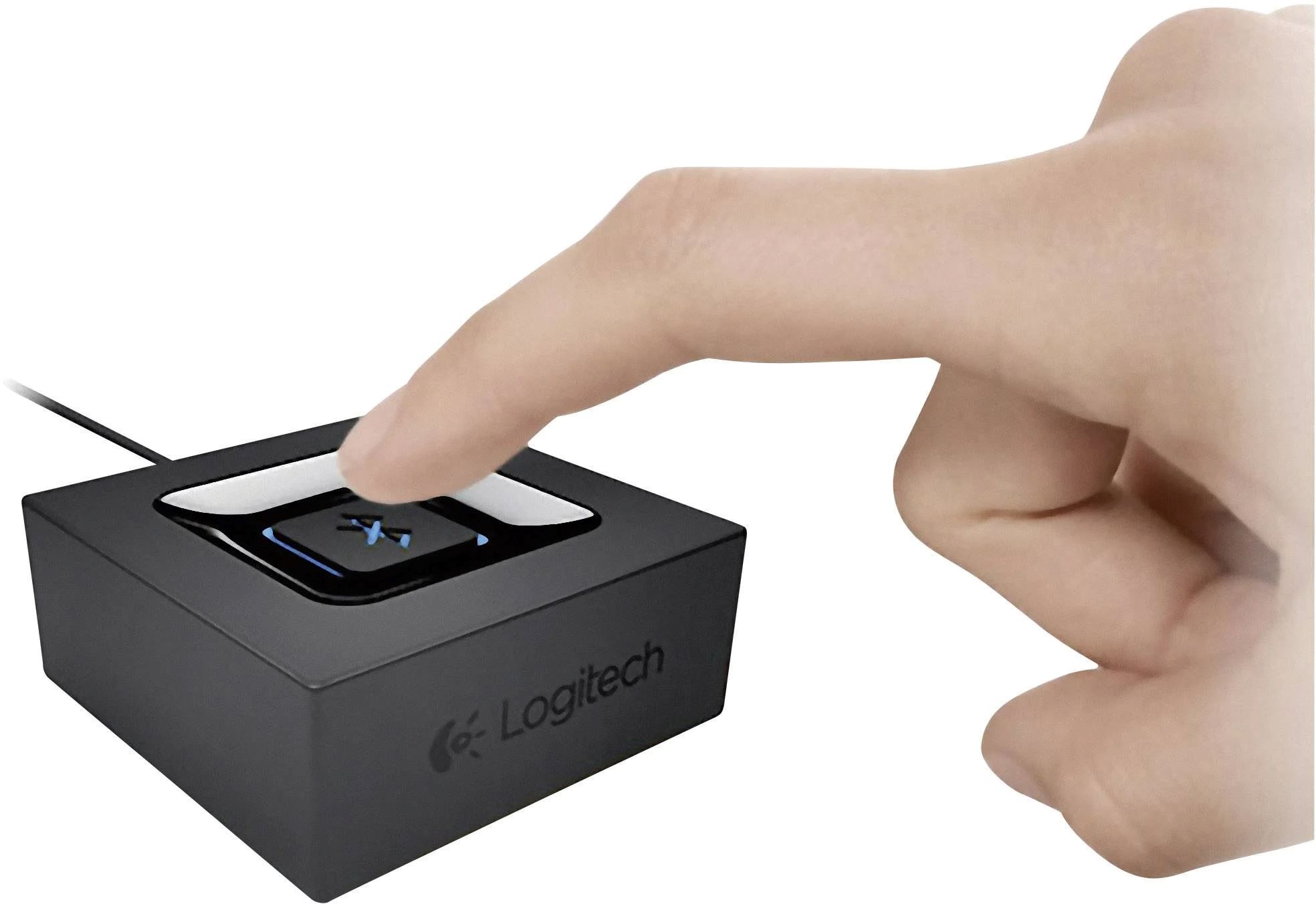Introduction
Welcome to this guide on how to connect a wireless mouse to your Mac. Whether you’re tired of the constraints of a wired mouse or simply looking for a more convenient way to navigate your Mac, connecting a wireless mouse is a great option. With a wireless mouse, you can enjoy greater freedom of movement and flexibility, making your Mac experience even more comfortable and efficient.
Setting up a wireless mouse on your Mac is a straightforward process, and in this guide, we will take you through the steps required to successfully connect your wireless mouse. From checking compatibility to enabling Bluetooth and pairing your mouse, we will cover everything you need to know to get your wireless mouse up and running.
But before we dive into the process, it’s worth noting that each wireless mouse may have slightly different instructions for connection. Therefore, it’s always a good idea to consult the manual that came with your specific mouse model for any unique instructions or requirements. However, the steps outlined in this guide are generally applicable to most wireless mice and should serve as a helpful starting point.
So, without further ado, let’s get started on connecting your wireless mouse to your Mac!
Step 1: Check Compatibility
Before you begin the process of connecting your wireless mouse to your Mac, it’s important to ensure that your mouse is compatible with your Mac device. This step is crucial to ensure a smooth and seamless connection.
Start by checking the system requirements provided by the manufacturer of your wireless mouse. Look for any specific compatibility details, such as the minimum macOS version required or any limitations for certain Mac models.
If you’re unsure about the compatibility of your mouse with your Mac, you can also visit the manufacturer’s website or contact their customer support for further assistance. They will be able to provide you with the necessary information and confirm whether your mouse is compatible with your Mac.
In addition to the compatibility with your Mac device, it’s also important to consider the types of activities you will be using your mouse for. For example, if you’re a graphic designer or gamer, you might need a mouse with specific features like high DPI sensitivity or programmable buttons. Make sure to choose a wireless mouse that caters to your unique needs and preferences.
Once you’ve confirmed the compatibility of your wireless mouse with your Mac and ensured that it meets your requirements, you can proceed to the next step of the setup process.
Step 2: Install Batteries
Now that you’ve verified the compatibility of your wireless mouse with your Mac, it’s time to install the batteries. Most wireless mice require batteries to power their operation, so it’s essential to have them installed before proceeding with the setup.
Start by locating the battery compartment on your wireless mouse. This is typically located on the underside of the mouse and can be accessed by removing a small cover or sliding a panel.
Next, check the manual or the markings inside the battery compartment to determine the type and number of batteries required for your mouse. Commonly used battery types include AA and AAA.
Once you have the correct batteries for your wireless mouse, insert them into the compartment following the polarity markings (+ and -) indicated. Make sure to align the batteries correctly to avoid any issues with power and connectivity.
After installing the batteries, replace the battery compartment cover or slide the panel back into place, ensuring it is securely closed.
In some wireless mice models, you might find a power switch located near the battery compartment. If this is the case, turn on the power switch to activate the mouse.
With the batteries installed and the power switch turned on (if applicable), your wireless mouse is now ready to be connected to your Mac. Proceed to the next step to enable Bluetooth on your Mac.
Step 3: Enable Bluetooth
In order to connect your wireless mouse to your Mac, you need to ensure that Bluetooth is enabled on your Mac. Bluetooth is the wireless technology that allows devices to communicate and establish a connection without the need for physical cables.
Here’s how you can enable Bluetooth on your Mac:
- Click on the Apple menu in the top-left corner of your screen.
- From the drop-down menu, select “System Preferences.”
- In the System Preferences window, click on the “Bluetooth” icon.
- In the Bluetooth settings, make sure that the “Bluetooth” option is set to “On.” If it’s already on, you can proceed to the next step.
- Ensure that the “Discoverable” option is also enabled. This will allow your Mac to detect and connect to your wireless mouse.
Once Bluetooth is enabled on your Mac, it’s time to put your wireless mouse in pairing mode. This will allow your Mac to discover and establish a connection with the mouse. The specific method for entering pairing mode may vary depending on your wireless mouse model, so refer to the manufacturer’s instructions for the correct procedure.
With Bluetooth enabled and your mouse in pairing mode, you are now ready to move on to the next step and connect your wireless mouse to your Mac.
Step 4: Put the Mouse in Pairing Mode
In order to establish a connection between your wireless mouse and your Mac, you need to put the mouse in pairing mode. Pairing mode allows your Mac to identify and connect to the mouse wirelessly.
Here’s how you can put your wireless mouse in pairing mode:
- Refer to the instruction manual that came with your mouse to find the specific method for entering pairing mode. Different mouse models may have different procedures for this.
- Typically, you will need to press and hold a button on the mouse to activate pairing mode. This button could be located on the bottom of the mouse or along the sides.
- When you press the pairing button, you may notice a light indicator on the mouse that starts to blink or change color. This indicates that the mouse is now in pairing mode and ready to be connected to your Mac.
- Keep the mouse in pairing mode until the next step, where you’ll connect it to your Mac.
If you’re unsure about how to put your mouse in pairing mode, consult the manufacturer’s instructions or visit their website for detailed guidance specific to your wireless mouse model.
With your wireless mouse now in pairing mode, it’s time to move on to the next step and establish a connection between the mouse and your Mac.
Step 5: Connect the Mouse to your Mac
Now that your wireless mouse is in pairing mode, it’s time to connect it to your Mac. Follow the steps below to establish a connection:
- Go to the Apple menu in the top-left corner of your screen and select “System Preferences.”
- In the System Preferences window, click on the “Bluetooth” icon.
- Your Mac will begin searching for nearby Bluetooth devices, including your wireless mouse.
- Once your mouse appears in the list of available devices, click on it to select it.
- If prompted, enter the requested passcode or PIN to complete the pairing process. Refer to the manufacturer’s instructions if you’re not sure about the passcode for your specific mouse model.
- After entering the passcode, your Mac will establish the connection with your wireless mouse.
- Once the connection is established successfully, you will see a “Connected” status next to your mouse in the Bluetooth settings.
At this point, your wireless mouse is connected to your Mac and ready to use. You can move on to the next step to ensure that the connection is working properly.
If your mouse doesn’t appear in the list of available devices or the connection fails, try putting the mouse back in pairing mode and repeating the steps above. Make sure that the mouse is within range of your Mac and that there are no obstructions interfering with the signal.
With your wireless mouse connected, you can now enjoy the freedom of moving and navigating your Mac without the constraints of a wired mouse.
Step 6: Test and Troubleshooting Tips
After connecting your wireless mouse to your Mac, it’s important to test its functionality to ensure that it’s working as expected. Here are some steps you can take to test your mouse and troubleshoot any issues that may arise:
- Move the mouse cursor around the screen to ensure that the mouse is responding correctly to your movements.
- Test the different buttons on the mouse, such as the left and right-click buttons, scroll wheel (if applicable), and any additional buttons or features.
- If your mouse has customizable features or settings, such as sensitivity or button remapping, experiment with these settings to find the configuration that suits your needs.
- If you experience any issues with the mouse not responding or behaving erratically, try the following troubleshooting tips:
- Make sure that your mouse has sufficient battery power. Replace the batteries if necessary.
- Check the wireless receiver or dongle (if applicable) to ensure it is securely connected to your Mac.
- Restart your Mac and try reconnecting the mouse.
- Try disconnecting and reconnecting the mouse from the Bluetooth settings on your Mac.
- If possible, test the mouse on another device to determine if the issue is specific to your Mac or the mouse itself.
- If the problem persists, consult the manufacturer’s troubleshooting guide or contact their customer support for further assistance.
By testing your wireless mouse and following these troubleshooting tips, you can resolve any potential issues and ensure that your mouse is functioning properly on your Mac.
Congratulations! You have successfully connected and tested your wireless mouse on your Mac, allowing for a more convenient and efficient computing experience. Enjoy the freedom of a wireless mouse and make the most out of your Mac!
Conclusion
Congratulations! You have successfully connected your wireless mouse to your Mac, allowing for a more seamless and flexible computing experience. With the freedom of a wireless mouse, you can navigate and control your Mac with ease, eliminating the limitations and clutter of a wired mouse.
In this guide, we covered the essential steps to connect a wireless mouse to your Mac, including checking compatibility, installing batteries, enabling Bluetooth, putting the mouse in pairing mode, and establishing the connection. We also provided troubleshooting tips to help you overcome any potential issues.
Remember to consult the manufacturer’s instructions for your specific mouse model if you encounter any unique or model-specific requirements along the way. Their guidance will ensure a successful setup and optimal performance.
Now that your wireless mouse is connected, take some time to customize its settings, such as sensitivity and button mapping, to suit your preferences and maximize productivity. Enjoy the freedom of movement and the convenience that a wireless mouse brings to your Mac workflow.
We hope that this guide has been helpful in assisting you with connecting your wireless mouse to your Mac. If you have any further questions or need additional support, don’t hesitate to reach out to the manufacturer’s customer support or consult further resources available online.
Thank you for choosing a wireless mouse for your Mac, and we wish you a fantastic and efficient experience using your newly connected wireless mouse!









